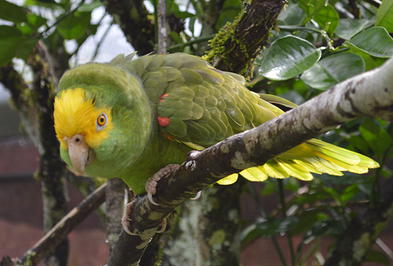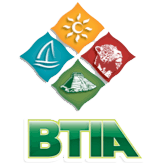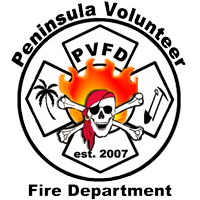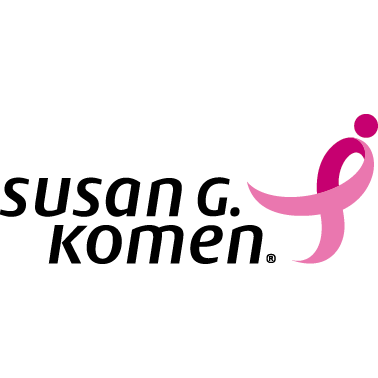Belize Bird Rescue
Posted by David Kafka on 09/02/2014 11:35 AM
Insight Into the Amazing Work the Belize Bird Rescue Center is Doing
Confiscation and Rescue
The Yellow-head parrot is a subspecies unique to Belize. Their startling ability to mimic has made them a highly sought-after victim for the illegal pet trade. There has been a 90% decrease in population since 1994 with only an estimated 7000 left.
The natural lifespan of the Yellow-head parrot is 60+ years.

Nearly all parrots received at the Belize Bird Rescue center were poached from the wild. Majority of formerly captive birds are less than 3 years old and usually do not get older due to poor diet and neglect.

Most birds have severely clipped wings and require medical treatment.

Steps to Rehabilitation
All birds brought into the Centre will complete a 30 day quarantine period, giving them the opportunity to assess their mental and physical condition. They will be undergoing a dietary adjustment which includes fresh fruits, vegetables, beans, elements of their natural wild diet, and are weaned off the high-fat sunflower seed and peanut they typically receive in captivity.

Once out of quarantine, the birds will be moved to a large enclosure (far away from human activity) to make contact with their own kind. During this socialization period, the birds begin to learn manners and protocol. They have grown up without parents or family, without discipline or rules. They will be relearning to use they’re natural instincts and learn to get along with each other. They will also start to improve their muscle tone and balancing skills and begin practicing flight and landing as their wing feathers regrow.
Once the birds can fly well enough they will be moved into the flight aviary, an enclosure measuring 15m x 15m x 6m with whole trees and extensive perching. The parrots may spend anything up to a year in this enclosure to ensure peak physical condition and that they have lost any unnatural vocalization or habituation behavior before a release in to the wild is considered.
Release
4-6 birds at a time get transferred to a release site which is around 15 direct miles away from the Belize Bird Rescue center. The pre-release enclosure is on a privately owned reserve surrounded by thousands of acres of protected areas, giving the birds the best possible chance of making the transition to a wildlife without any unwelcome human interference.

This first group will stay in the small pre-flight enclosure for 2 weeks to give them chance to adjust their internal compass to their new location. Then they are released from the pre-flight enclosure and immediately replaced with 4-6 more parrots brought from the flight enclosure. The newly released birds will now stay in the area, maintaining contact with their old flock-mates, whilst exploring their new surroundings without getting lost. Two weeks later they’ll repeat the process until all of the original occupants of the flight aviary are released into what is by now a well-orientated flock.
Supplemental food is provided for several months after their release. Although the vegetation in the area is rich with their natural diet, it will take the parrots a long time to learn where and when the fruits, nuts, berries, and seeds will be in season – although often they simply join up with a wild flock and learn from them.
2013 Wild breeding Success
In 2013 the wildlife photographers that own the release site captured this amazing shot of 2 release birds feeding their new baby.
Support Belize Bird Rescue











